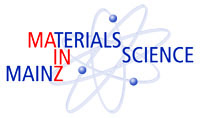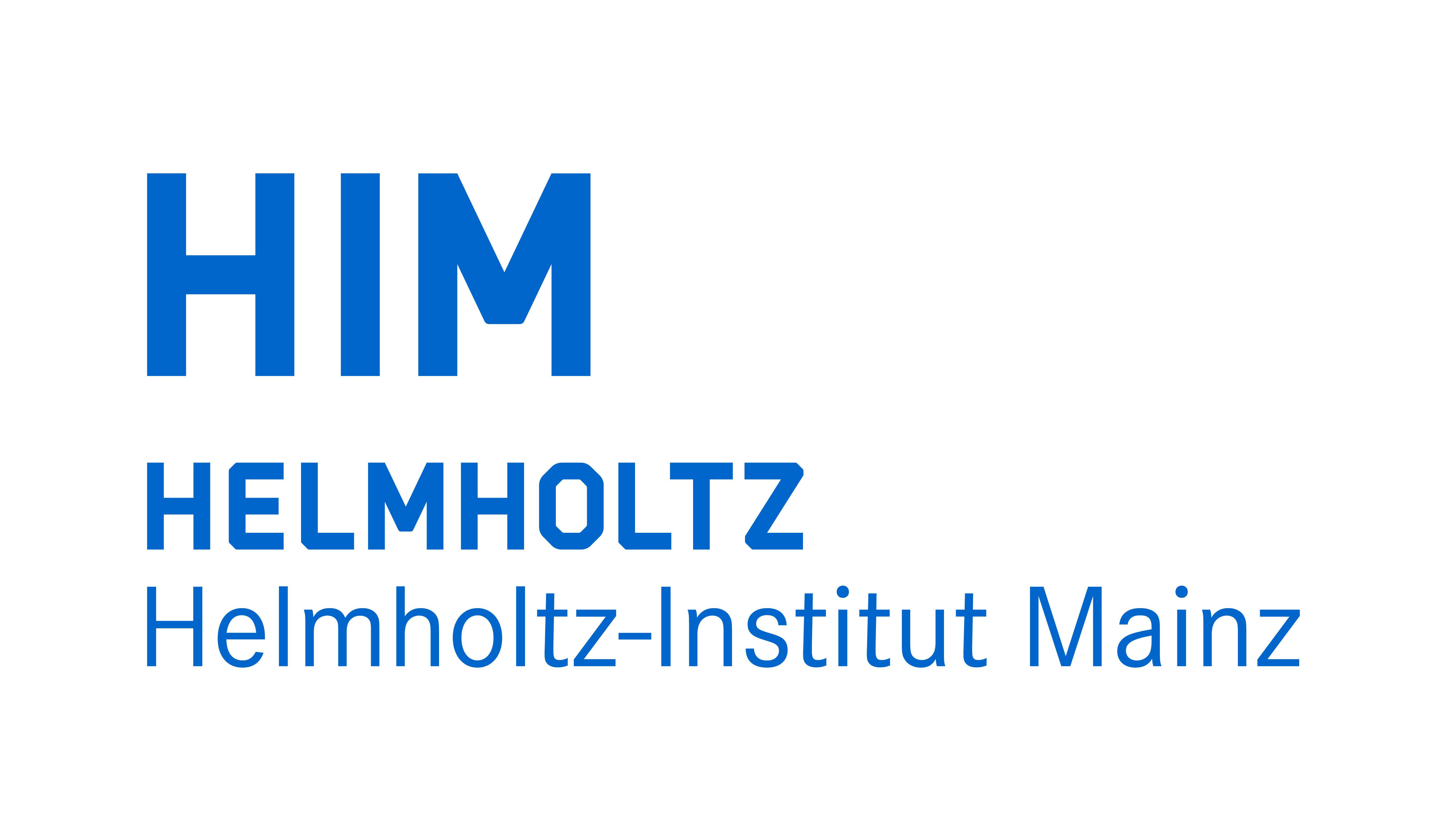


Physikalisches Kolloquium
April 18, 2023 at
4:15 p.m.
in
HS KPH
Prof. Dr. Friederike Schmid
Institut für Physik
friederike.schmid@uni-mainz.de
Prof. Dr. Hartmut Wittig
Institut für Kernphysik
hartmut.wittig@uni-mainz.de
Laser spectroscopy of helium atoms containing antiprotons and pions
Dr. Masaki Hori (JGU Institute for Physics)
Metastable antiprotonic helium is an exotic atom composed of a helium nucleus, electron, and an antiproton. It is among the hadron-antihadron systems with the longest known lifetimes. Laser light can be used to excite atomic transitions involving the antiproton orbital. By utilizing sub-Doppler two-photon laser spectroscopy and buffer gas cooling, its atomic transition frequencies were measured to ppb-scale precision. Comparisons with the results of QED calculations allowed the antiproton-to-electron mass ratio to be determined as 1836.1526734(15). The results were used to set upper limits on fifth forces between antiprotons and nucleons at atomic length scales, and on forces that may arise between an electron and antiproton mediated by hypothetical bosons. Efforts are currently underway to improve the experimental precision using CERN’s ELENA facility. We also observed narrow spectral lines of these atoms formed in superfluid helium with a surprisingly high spectral resolution of 2 parts per million. This revealed the hyperfine structure arising from the spin interaction between the antiproton and electron, despite the atom being surrounded by a dense matrix of normal atoms.
Metastable pionic helium (πHe+) contains a negative pion occupying a state of n≈l-1≈17, and retains a 7 ns average lifetime. We recently used the 590 MeV ring cyclotron facility of Paul Scherrer Institute to synthesize the atoms, and irradiated them with infrared laser pulses. This induced a pionic transition within the atom and the π- being absorbed into the helium nucleus. This constitutes the first laser excitation and spectroscopy of an atom containing a meson. By improving the experimental precision, the pion mass may be determined to a high precision as in the antiproton case.